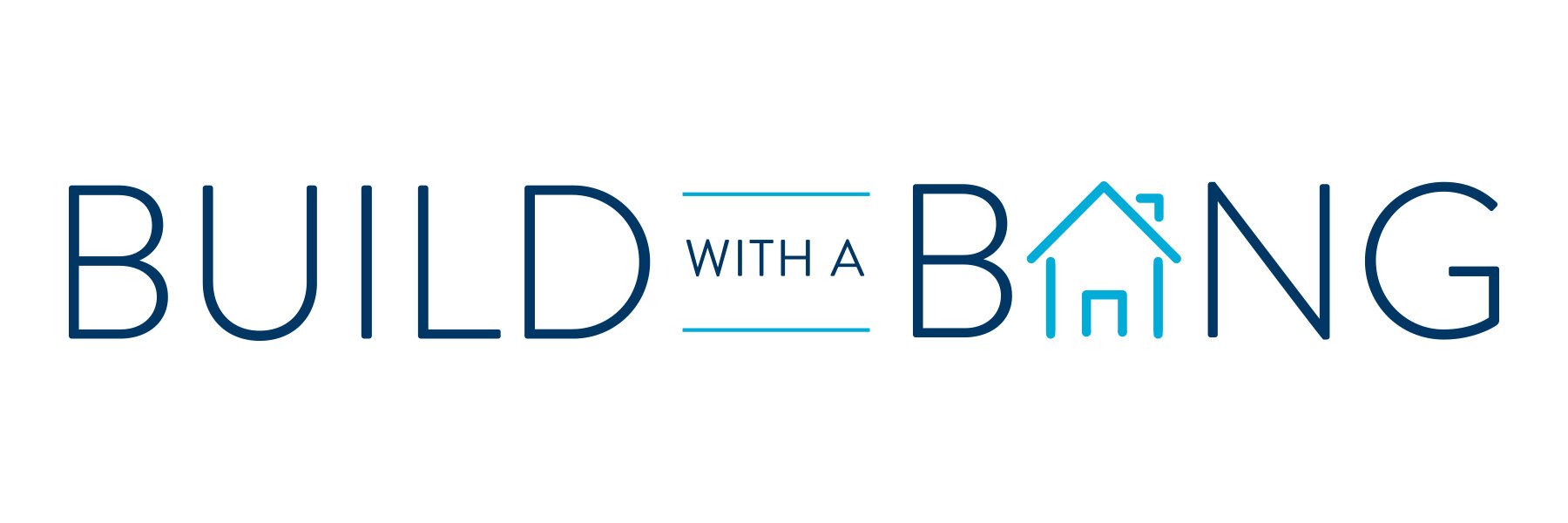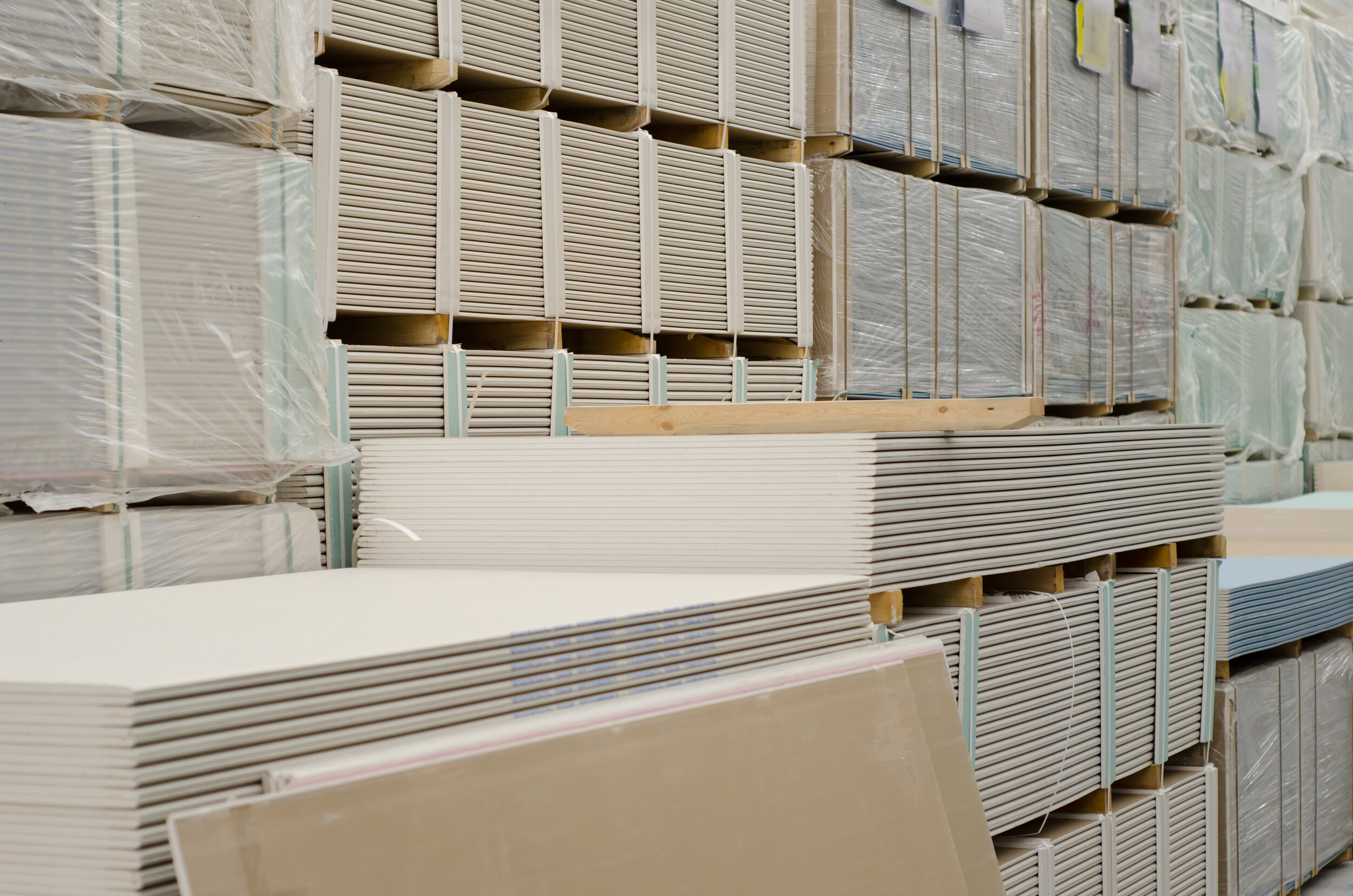Drywall Repair Costs Are Much Lower Than You Think
Finishing a room, or simply replacing a damaged wall? If so, there are a lot of options in the world of drywall. Drywall can be a difficult install project.
It is important to do it right the first time as early mistakes can be costly and time consuming. Drywall is also cumbersome to handle and typically requires two workers to get it right.
Keep in mind that a standard piece of drywall can weigh almost 50 lbs.
Drywall installation costs, drywall repair costs and drywall repair contractors might seem pricey now, but a great alternative to doing the project yourself and likely the best option for an unexperienced DIYer.
Hiring a Pro to fix a hole will likely start at $150+ (parts and labor) and climb from there. Pricing can also depend on the size of the hole, location of the hole, excess water damage, or the existence of mold.
The bigger the problem, the larger the bill.
Cost To Finish Drywall
If you’re planning to do repair or renovate one small room, the drywall repair cost or installation might inch closer to $3.00+ a square foot.
However, if you’re redoing a full home or several large rooms, you should assume that the cost will drop to $1.50-$2.00 per foot.
Obviously the cost will fluctuate based on location and type of drywall you’re installing.
Or if you’re looking for a drywall supplier, skip the big box stores and head to a knowledgeable building supply store.
Some examples of these are Kamco in the New York area, L&W Supply in the Chicago area, or a local Mom and Pop store that really thrives on your business to survive.
Not only are the owners generally knowledgeable about their product, but they are usually more than happy to recommend a great, local drywall contractor for repairs or even a large scale project.
Drywall Repair Room Renovation
The 5 Drywall Varieties
Standard Drywall (White)
$11.00 per 4 X 8 sheet
Least expensive option
A good choice for residential bedrooms, living rooms and ceilings above ground level
Mold Resistant Drywall (Purple)
$15.00 per 4 X 8 sheet
Paperless backing and special factory applied coating helps to prevent mold from forming
Notice we use the word resistant… That’s because no commercially available drywall is going to repel water or stop mold from growing, so be careful.
Typically, about 15% more expensive vs. standard drywall
Moisture Resistant Drywall (Green Board)
$15.00 - $30.00 per 4 X 8 sheet depending on the brand and proprietary coatings used
AKA Cement Board/Green Board
Typically used for bathrooms, laundry rooms, kitchens and basement walls
Paper backing treated for higher levels of moisture control
Factory pretreated for water and mold resistance
Fire Resistant Drywall (Type X)
$15.00+ per 4 X 8 sheet depending on the brand and proprietary coatings used contains glass fiber reinforcement and other materials to help it withstand flames longer than regular drywall
X Board or Type X
5/8 Inch or thickest option
Sound control
Code may require this in rooms with furnaces, wood stoves, garages and utility room
Acoustic Drywall
$55.00+ per 4 X 8 sheet depending on the brand and proprietary coatings used
Best sound proofing option in a single board material for aspiring rock and roll stars and their parents
The Benefits Of Drywall
Beyond functionality and ease of demolition, the compounds in drywall gypsum board are proven to help slow a fire and, in turn, keep the temperature of the framing (wood or steel) at an otherwise cooler temperature, giving the homeowner additional time to escape.
Other benefits of drywall vs. plaster:
Fire Resistance
Indoor Air Quality
Moisture Resistance
Mold Resistance
Durability Minor (Scratches)
Durability Major (Holes)
Sound Resistance
Drywall Ceiling Repair
Drywall Types
There are many more drywall options to consider today then 10-20 years ago. So make sure that you are buying the right “make” and “model” for the project.
That will likely mean varying types, and possibly brands, of drywall by room. The type of drywall you buy should depend on the type of room and size of the wall.
Below is a quick overview of some of the sizing, thickness and benefits by type.
Drywall Sizes
4X8 – Most common size and perfect for either vertical or horizontal installs
4X10 – Great for tall rooms with high ceilings
4X12 – Also great for creating an extended, smooth look in a room with extra high ceilings
Thickness
¼ Inch – Best for placing over a previously existing surface. Good for contours and curves.
½ Inch – Standard for interior walls. Ultra-light panels are available (and more expensive.)
5/8 Inch – Great for ceilings due to the sturdier nature of its thickness. Touted as more fire-resistant thickness.
What Is Drywall Made From?
A standard piece of drywall panel is a layer of gypsum plaster sandwiched between two pieces of thick paper or fiberglass.
Although drywall is a pretty straight forward product, it has quite a few brand names:
Plasterboard
Wallboard
Sheetrock
Gyprock
Gypsum board
Gypsum panel
Who Invented Drywall?
Drywall was developed in the late 1800’s by friends Augustine Sackett and Fred Kane.
The two developed and mainstreamed Sackett Board by layering four pieces of felt paper against a flattened layer of plaster. Pretty innovative for its time!
Drywall as we know it today was really refined by the United States Gypsum Corporation (USG Corporation) in 1910, hence Gypsum Board.
At the time, the selling proposition was simple: ease of install and fire resistance.
When Drywall Sales Took Off
Prior to WWII most home builders and owners felt that the traditional plaster wall was simply a more tested and elegant product.
But the post war home building boom required new techniques and products to help expedite the building process.
A 1-2 day drywall install vs. 1 full week for plaster install made drywall an obvious choice for builders.
Also, homeowners of pre-WWII homes and contractors working in these homes are all too familiar with the inevitable cracking and painful repair process of plaster.
Problems Arising In The Drywall Industry
Following Hurricane Katrina in 2006, the US required a substantial amount of building resources that it otherwise did not have based on production in the US. So, a great deal of drywall product was imported from China to the US to meet the demands of the marketplace – incorporating the product in to tens of thousands of homes.
But, with the imported drywall came health concerns for homeowners, noxious smells, and corrosive metal within the wall structures.
Dangerous sulfur gases, including hydrogen sulfide, were being emitted and possibly linked to the poor health of the homeowners. As a result of the off gassing, beginning in 2011, all drywall must be tested for sulfur.
Any drywall found to containing more than 10 ppm may not be sold in the United States.



